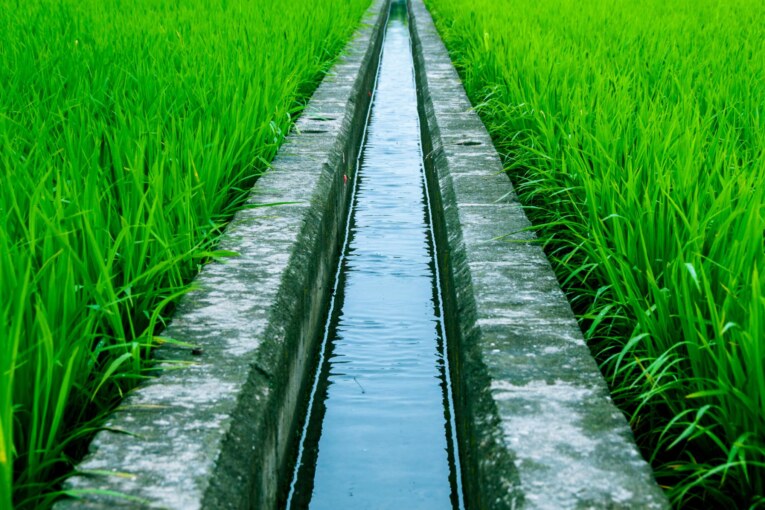
Question No 1: A deficit of sediments in flowing water may cause a river..
A: Meandering type
B: Aggrading type
C: Degrading type
D: Sub-critical type
Question No 2: Meandering of a river generally occurs, in…
A: Rocky stage
B: Delta stage
C: Boulder stage
D: Trough stage
Question No 3: The consumptive use of water for a crop…
A: Is measured as the volume of water per unit area
B: Is measured as depth of water on irrigated area
C: May be supplied partly by precipitation and partly by irrigation
D: All of the above
Question No 4: The velocity of drainage water in the barrels of a syphon-adueduct, is normally limited to..
A: 1 to 2m per second
B: 2 to 3m per second
C: 3 to 4m per second
D: 4 to 5m per second
Question No 5: A fall in a canal bed is generally provided, if..
A: Ground slope exceeds the designed bed slope
B: Designed bed slope exceeds the ground slope
C: Ground slope is practically the same as the designed bed slope
D: None of these
Question No 6: According to Khosla, the exist gradient of surface flow..
A: Depends upon the b/d ratio
B: Is independent of the b/d ratio
C: Is independent of the depths of d/s cut off walls
D: None of these
Question No 7: Pick up the correct statement from the following..
A: Gravity water is harmful to crops
B: Hygroscopic water remains attached to soil molecules by chemical bond
C: Capillary moisture held in the soil pores against gravity by surface tension, is utilized by plants
D: All the above
Question No 8: If the irrigation efficiency is 80%, conveyance losses are 20% and the actual depth of watering is 16cm, the depth of water required at the canal outlet, is…
A: 10 cm
B: 15 cm
C: 20 cm
D: 25 cm
E: 30 cm
Question No 9: The useful moisture of soil, is equal to its…
A: Field capacity
B: Saturation capacity
C: Moisture content at permanent wilting point
D: Difference between field capacity and permanent wilting point within the root zone of plants
Question No 10: Canals taken off from ice-fed perennial rivers, are known…
A: Permanent canals
B: Ridge canals
C: Perennial canals
D: Inundation canals
E: Ice canals
Answers Here
- C
- D
- D
- B
- A
- A
- C
- D
- D
- C


